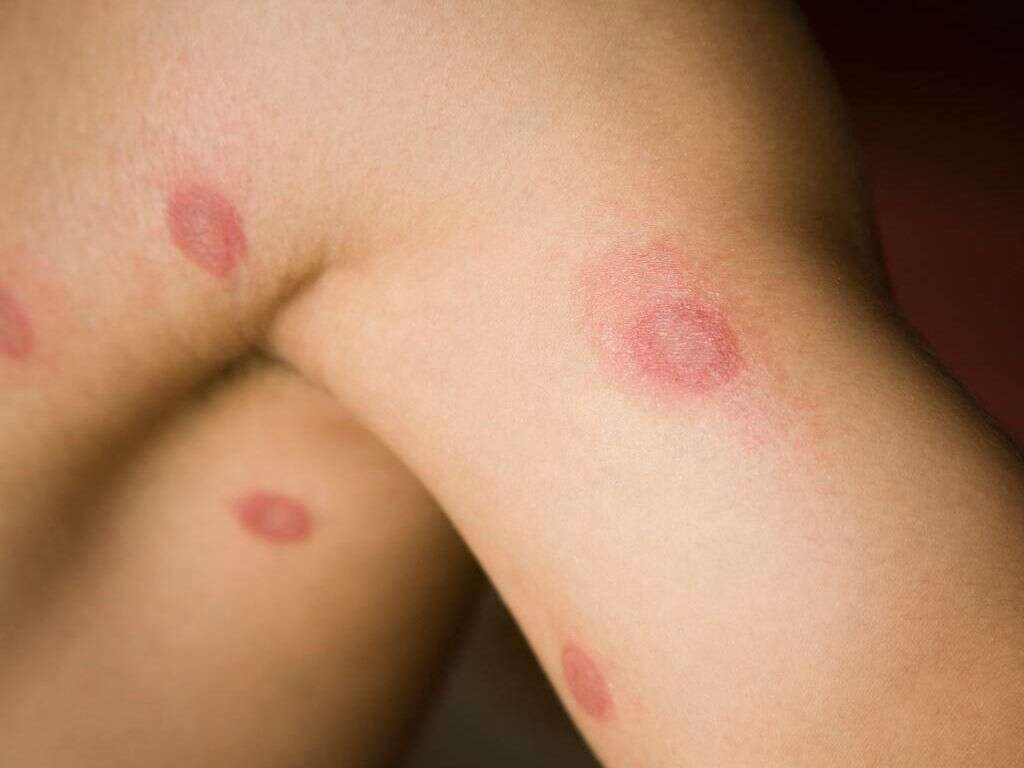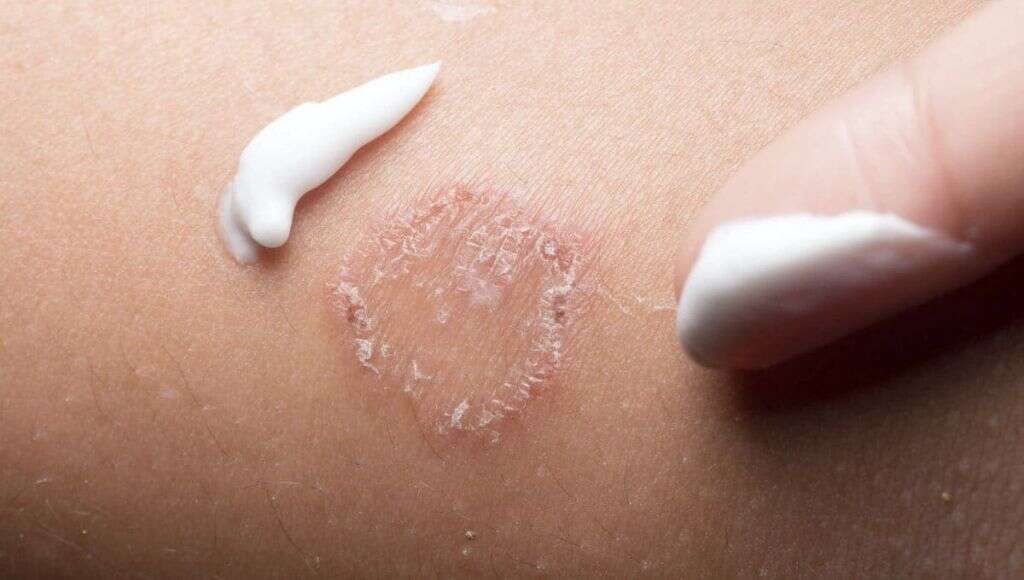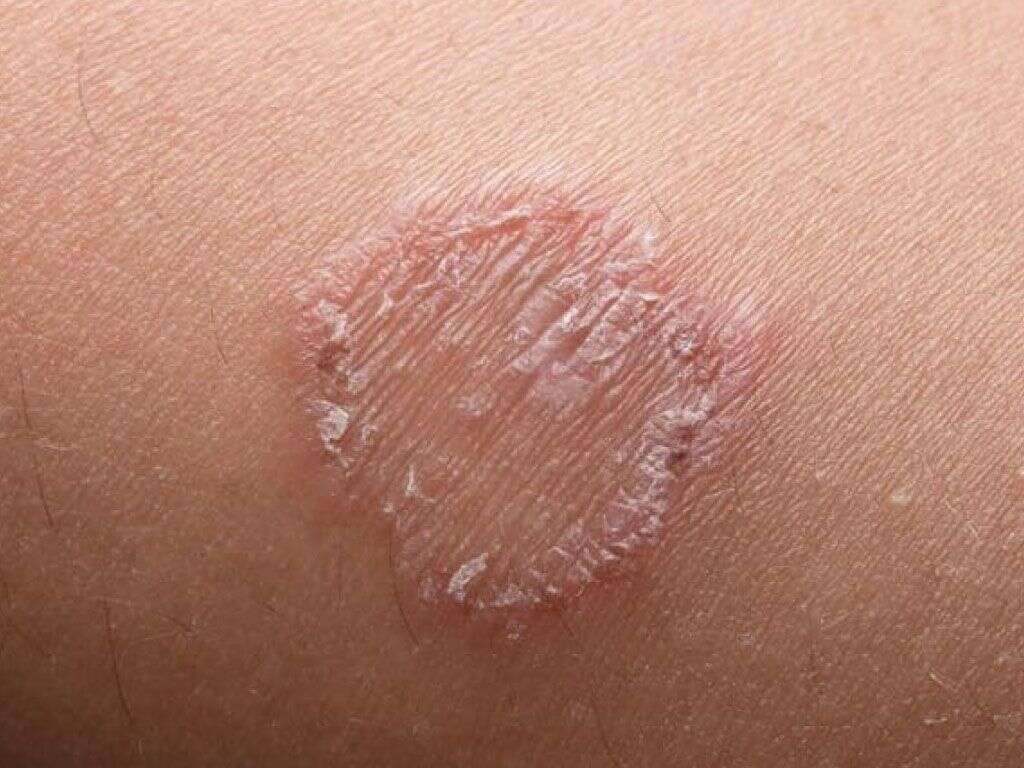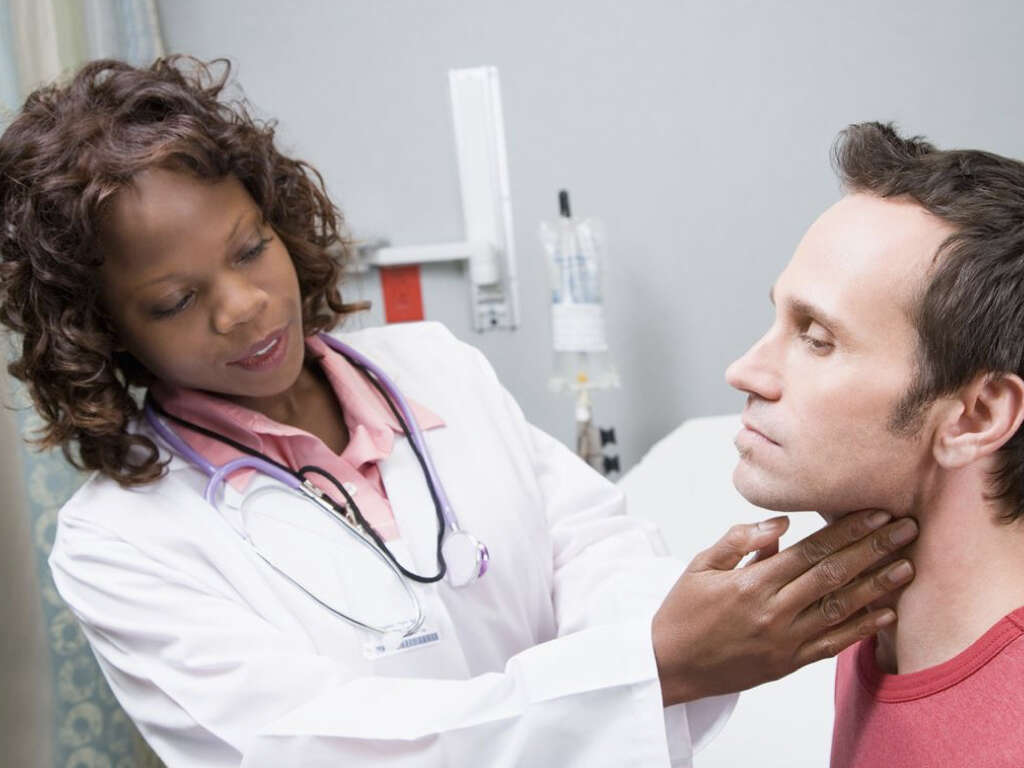What Is Ringworm?
All around us are pathogens that can cause infections. Some can be serious, but the majority will do little to no harm. Some will infect us internally, while some will only infect us on the surface of our bodies. Ringworm is a type of infection that will affect our skin, and is very unlikely to cause us any real harm.
Ringworm is a common disease that is easy to catch. It is also fairly easy to treat and is unlikely to cause too much discomfort for those that have it. The vast majority that do have it will go on to make a full recovery with no lasting damage done.

1. Tinea Corporis
Tinea Corporis is the technical medical term for ringworm. The condition is related to some other well-known infections, including tinea cruris, which is more commonly known as jock itch. Another is tinea pedis, which is also known as athlete’s foot. There is also tinea capitis, which affects the scalp.
Despite the name, ringworm is not caused by a worm, but rather by a type of fungi. It is not usually a serious condition even though it can be quite uncomfortable. The condition is also relatively easy to treat. It can go on to cause potentially serious complications, but such cases are very rare.

2. Contraction From People
Some people will catch ringworm after direct contact with another person that has been diagnosed with the disease. All it takes is for your skin to come into contact with the skin of an infected person where the infection is located. This will obviously most likely happen in people likely to be in contact with others, such as people who take part in contact sports.
It is also possible to catch the infection from infected animals, which can also be infected by the fungus. The infection tends not to be noticed on animals if their skin is covered by fur. Cats and dogs can get the disease, and sufficient contact with them can mean the fungus is spread to you also.

3. Contraction From Objects
Anything that an infected person has brushed up against can also become contaminated by the fungi. This means you should avoid sharing items like toweling and clothing with other people as the fungi could easily be spread this way. It is even possible for the fungi to be transmitted after touching a pet that has been in contact with an infected person.
The ringworm fungi can even survive for a while in soil, putting farmers and gardeners at a higher risk of catching it. However, the soil would have to have a high level of contamination, and prolonged contact with the soil would be necessary for somebody to become contaminated.

4. Complications
Ringworm will usually only affect a small area of the skin where it will do no harm. In the vast majority of cases, the infection will pass leaving no signs whatsoever. However, people that have a weakened immune system might find that the infection will not go away easily. This includes people using certain medication, and people with HIV/AIDS.
In a very rare number of cases, the fungi can spread to below the surface of the skin. It can then begin to infect other parts of the body in what can develop into a potentially very serious condition. This makes it wise to always treat ringworm, no matter how mild the symptoms might be.

5. Symptoms
Perhaps the most typical symptom of ringworm is a ring-shaped rash in the skin. The rash will usually be found on the arms, legs, buttocks, or trunk of the body. There will also often be a red circular patch in the center of the ring, giving the appearance of a bullseye.
The rings will often be slightly raised, and they can expand in diameter. The rings can also overlap each other when more than one patch of skin is infected. The affected skin might also be itchy, and it can also be scaly in appearance and texture. Asides from some mild discomfort, ringworm does not typically make people feel ill.

6. Who’s At Risk
Pretty much anybody can catch ringworm at any time. However, some people are more likely to develop an infection than others. These include people that take part in physical contact sports, and also people that have an intimate relationship with another person that is at high risk.
People with pets are also more likely to catch ringworm, as well as people that work with cows. Those that tend to wear tight clothing are at a higher risk, as are people share clothing and other items with other people. Living in a warm climate also increases people’s risk, and the risk is also higher for people with a weakened immune system.

7. Avoid Infected Animals
One way to help prevent picking up a ringworm infection is to avoid contact with infected animals. The condition is not always easy to spot, but some animals with the condition will have missing fur in some places. Also help to keep your pets free from disease, and take them for regular check-ups.
Avoid excess sweating where possible, and shower as soon as possible whenever you have been sweating. Also make sure to dry yourself off as soon as you have had a shower. If you live in a humid environment, you should try and wear loose, cool clothing whenever you can.

8. Hygiene
Perhaps the most effective way of preventing ringworm is to maintain high hygiene standards. This means washing your hands often, and encouraging children to do the same. If you take part in contact sports then make sure to shower as soon as you are finished, and make sure not to share items like towels.
Also avoid sharing other items like clothing and accessories like hats and scarves. Try and keep areas as clean as possible, especially areas like locker rooms. Shared areas in schools should also be kept as clean as possible to help prevent the fungi from being spread quickly.

9. Diagnosis
The rash that is caused by ringworm is usually very distinctive. This means that a doctor is likely to be able to reach a diagnosis just by looking at the infected area. The doctor might also want to ask about any other symptoms you are experiencing, and they might also ask a few brief questions about your lifestyle.
Depending on the patient’s circumstances and overall health, a doctor might want to have the diagnosis confirmed. This can be achieved by taking some samples of the infected areas, which can then be sent away to be analyzed. The presence of the fungi will confirm that the patient has ringworm.

10. Treatment
Treating ringworm is usually straightforward and any drugstore should be able to give you an appropriate medication. This will usually be all that you need, but it won’t be effective for everybody. If these are not working, then you should speak with your doctor to get something stronger.
Medication will usually involve a topical cream, although oral medication will be prescribed in some cases. In the meantime, the patient should try and keep the area as clean and dry as possible. Covering the infected area can also help to prevent the spread of the infection to elsewhere on the body, and to other people.











